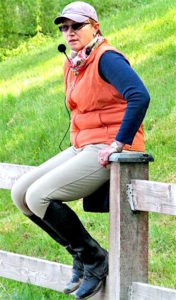 Editor’s Note: We welcome Juliana Zunde of Hillsborough, North Carolina as a BestHorsePractices guest columnist.
Editor’s Note: We welcome Juliana Zunde of Hillsborough, North Carolina as a BestHorsePractices guest columnist.
Zunde was born in Germany and moved to the United States in 1981. She has managed large horse facilities, competed at high levels, and taught extensively, especially to hunter/jumper enthusiasts. She runs Trakai Farm in Hillsborough.
Zunde coaches harmony and balance for the hunter, jumper, and dressage ring.
She has studied with George Morris, Joe Fargis, Jeff Cook, Ann Kursinsky, Dr. Gerd Heuschman, Maclain Ward, Buck Brannaman, and Martin Black.
Read more about her here.
Zunde writes:
I’m with an acquaintance and she looks upset. I ask what’s wrong. The answer is, “Nothing’s wrong.” But the words coming out of her mouth don’t match the look on her face. My answer to her answer is often: “Which would you like me to believe, your words or your expression? They don’t say the same thing.”
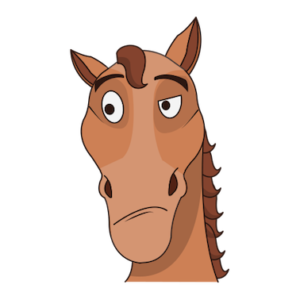 As humans, we are very good at covering up how we really feel, saying one thing when we really mean something totally different. The strategy doesn’t work with horses. Their communication is literal and direct.
As humans, we are very good at covering up how we really feel, saying one thing when we really mean something totally different. The strategy doesn’t work with horses. Their communication is literal and direct.
In training and riding horses, we need to use this inherent part of their nature and their way of “talking” with each other to communicate our needs to them. Horses don’t ever show one thing and mean something totally different. When ears go back, it means move or there will be a consequence. There are no discussions at the water trough as to who would go first. The alpha goes first unless he decides to let another join her. Either way it will be very clear. There is no saying one thing and meaning another.
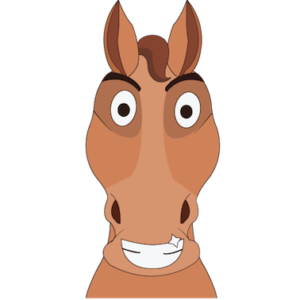 This also holds true for our communication with them. If you inadvertently use your leg when it should just stay quiet, your horse will respond. He has no clue that you did not mean it.
This also holds true for our communication with them. If you inadvertently use your leg when it should just stay quiet, your horse will respond. He has no clue that you did not mean it.
I see riders and horses get frustrated because there is too much extra clutter in conversations:
- a leg in the wrong position
- a sequence started wrong and not in rhythm with the footfall of the horse
- aids clashing rather than working in concert with each other
- asking too little or too much at the wrong time
In order to truly have a conversation with your horse, you have to first be in a position to really listen. Read more here.
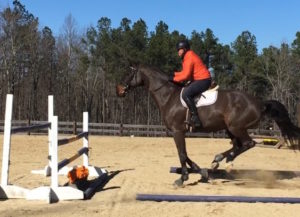 You have to unclutter your mind, tune into your horse, and feel where she is at that moment.
You have to unclutter your mind, tune into your horse, and feel where she is at that moment.
Secondly, you need to start asking questions. If you don’t get the right answer, look to yourself:
- Did you ask the right question in the correct sequence?
- Was it loud enough for him to respond?
- Did you ask too loudly, causing him to overreact?
The well-trained horse can give you the right answer if you ask the right question with the right meaning and the right intent at the right time. In the same fashion, the green horse will never learn correctly if your aids keep changing or if you are giving him different cues at different times for the same thing. As you can see, there are a lot of things you must do correctly.
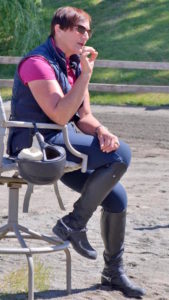 In your horse’s world, the right question asked in the right way with the proper intent, and then rewarded with the soft relief when it is willingly answered it something more gratifying, more satisfying than any food treat.
In your horse’s world, the right question asked in the right way with the proper intent, and then rewarded with the soft relief when it is willingly answered it something more gratifying, more satisfying than any food treat.
Horses know if you are truly their leader and with them all the way. They won’t believe you unless words, actions, and intent all say the same thing. Horses will always take you at face value. They have no ego that needs protection.
Learn to be true in your communication with yourself and the world around you. The same can hold true for human interactions. The next time someone asks you how you’re feeling, make your words and facial expressions match. Our relationships might improve if we tried to say what we mean honestly and politely.
Very nice article. It is so important that our horse knows what we are trying to say and that we understand what they are telling us